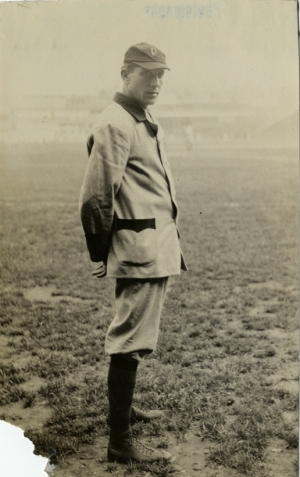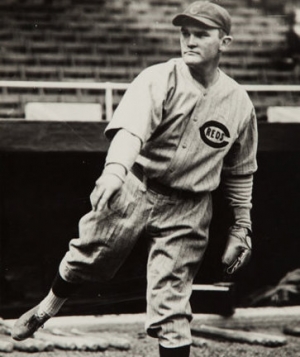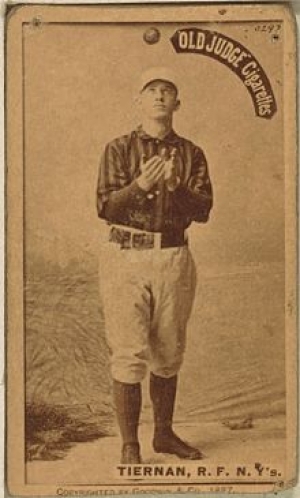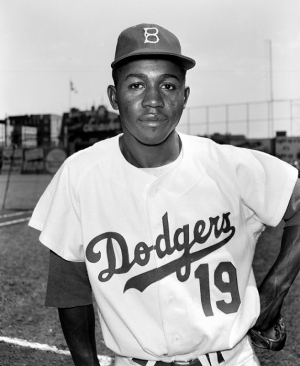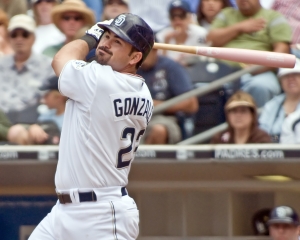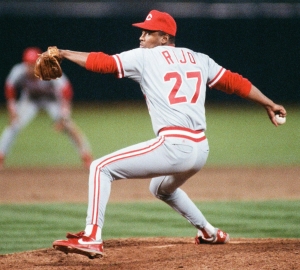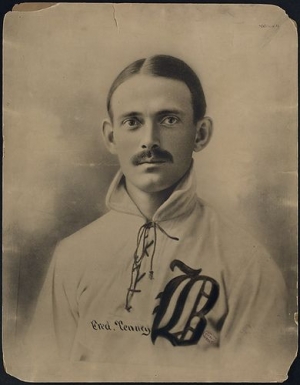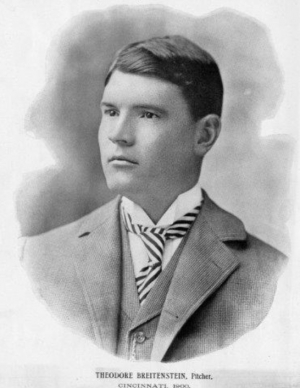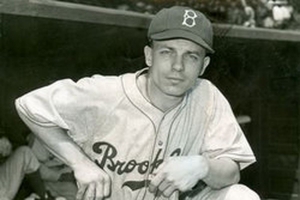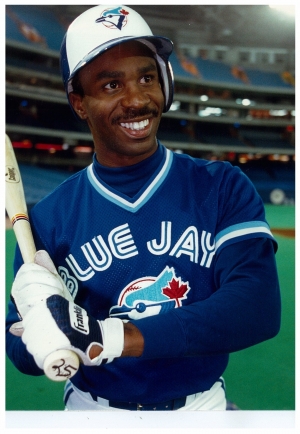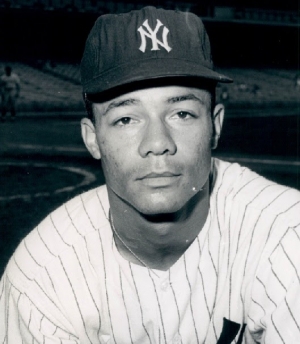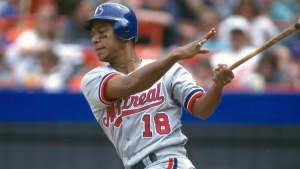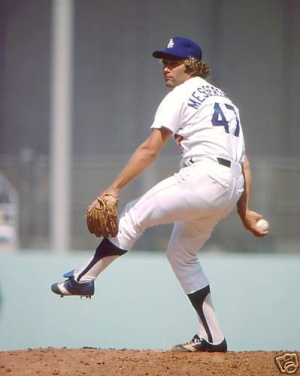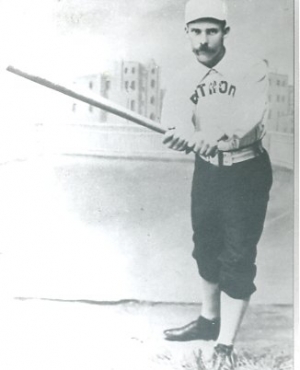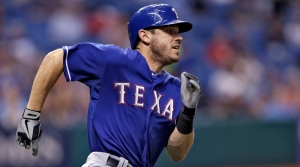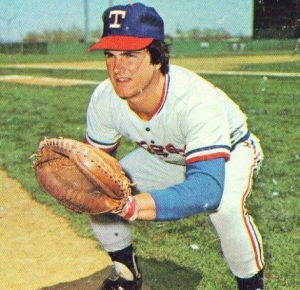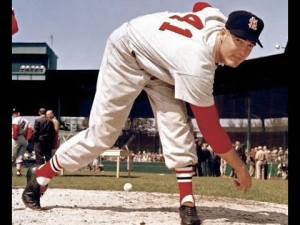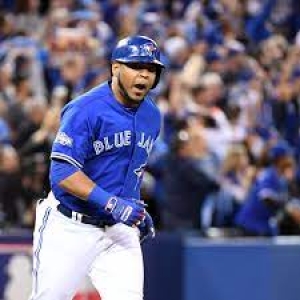Baseball
Established in 1936, and currently based in Cooperstown, New York, the Baseball Hall of Fame may be the most prestigious of any Sports Hall of Fame. Although Baseball may have taken a backseat to Football in recent years, there is no doubt that Baseball’s version of the Hall of Fame is by far the most relevant and the most difficult to get enshrined in. At present, a player has to receive seventy five percent of the votes from the Baseball Writers Association of America, which has proven to be no easy task. Failing that, a player could be inducted by the Veterans committee, though few have been inducted this way. Our list will focus on the players only, and although we could easily do a tally focusing on mangers, broadcasters or other vital personnel, as always it is far more enjoyable to discuss the merits of those on the field as oppose to those off of it.Until Then, Let’s get some peanuts and cracker jacks and cast some votes of our own!
Sincerely,
The Not in Hall of Committee.
A Louisville Colonel for the first season of his career (1899), Deacon Phillippe was one of many players to be transferred to the Pittsburgh Pirates when the Colonels folded before the century's turn. In Western Pennsylvania, Phillipe played the rest of his professional career, which as it turned out to be a pretty good one.
Red Lucas was not just a very good Pitcher during his career, as he was also used often as a Pinch Hitter. They don’t make many like that anymore!
"Silent" Mike Tiernan played his entire baseball career at the highest level with the New York Giants (1887-99), where the Rightfielder (pardon the pun) quietly was once of the better hitters of the 1890s.
A member of the Dodgers throughout his entire career, Jim Gilliam is one of the few players who won a World Series ring in both Brooklyn and Los Angeles.
Born in the United States, but raised in Mexico, Adrian Gonzalez would have a very good career playing First Base in the Major Leagues. Gonzalez first debuted for the Texas Rangers, but it was in San Diego where he first came into prominence. With the Padres, he was a three-time All-Star and would secure four consecutive 30 plus HR seasons, including a career-high 40 in 2009. That year, he led the National League in Walks (119).
There was a lot of hype for years around Dominican Pitcher Jose Rijo, so much so that the New York Yankees (likely due to the owner, George Steinbrenner) rushed him into the majors at age 18. Rijo did not do well as a rookie, but what 18-year-old in the Majors does?
ARIZONA DIAMONDBACKS - TICKET + HOTEL DEALS
Mar 24, 2025
Buy your Tickets to see Arizona Diamondbacks - Ticket + Hotel Deals HERE!
2025 TORONTO BLUE JAYS - TD EXECUTIVE SUITES
Jan 01, 1970
Buy your Tickets to see 2025 Toronto Blue Jays - TD Executive Suites HERE!
2025 TORONTO BLUE JAYS FLEX PACKS
Jan 01, 1970
Buy your Tickets to see 2025 Toronto Blue Jays Flex Packs HERE!
2025 SEATTLE MARINERS FLEX MEMBERSHIPS
Jan 01, 1970
Buy your Tickets to see 2025 Seattle Mariners Flex Memberships HERE!
We don’t talk enough about excellent fielding First Basemen, but if you are going to start with one, chronologically speaking, that is, Fred Tenney is the perfect place to start.
Before the St. Louis Cardinals were named the Cardinals, they were the first known version of the Browns, and one of their best Pitchers in the mid-1890s was Theodore Breitenstein.
There is a trope in all sports where athletes have been described as making the most of their limited athletic skills. Eddie Stanky certainly fits this bill.
Born in Jamaica and raised in the United States, Devon White had a great career where the Outfielder used his speed and defensive skills to perform at a high-end level for over a decade.
A New York Yankee for all fifteen of his seasons of Major League Baseball career, Roy White provided dependable service over that time. White was a two-time All-Star who put up decent On Base Percentage and would lead the AL in Walks in 1972. He would also finish in the top ten in Power/Speed seven times and had 160 Home Runs with 223 Stolen Bases.
The son of Felipe Alou, Moises Alou is an interesting case here as we have a player whose sabermetric numbers were good, but he managed to compile traditional numbers that were better, and he was a player who teams wanted in their lineup and fear when he wasn’t for more than a decade. He is also known more for a foul ball that he probably could not have caught.
One of the better players of the 1970s who seemed to fly perpetually under the radar was Andy Messersmith, who finished in the top five in Cy Young votes three times.
Hardy Richardson was a 14-year veteran whose career slipped through the cracks of baseball history. This is partly because it was so long ago, as his professional tenure was from 1879 to 1892. Another part is because the best part of his career happened with two teams that haven't existed in well over a century, the Buffalo Bisons and the Detroit Wolverines.
Ian Kinsler made his first appearance in the Majors with the Texas Rangers in 2006, and he quickly cemented himself as one of the better Second Basemen in the American League. Over his career, Kinsler showed power and speed with four 20-plus HR seasons, blasting 257 in total with 1,999 career Hits. He nearly matched his HR tallies in Stolen Bases, swiping 243 bags, and was underappreciated defensively. Kinsler did win two Gold Gloves but could have won more, as the ones he did land were later in his career, and he had better defensive metrics in other years, namely with three…
Jim Sundberg was known for his defensive skills. So much so, that is how we wound up on this list.
Should Darrell Porter be on this list? We think so, but a look at his overall statistics might make you feel otherwise.
Lindy McDaniel was one of the game’s first great relievers, though his work has been largely forgotten.
The Texas Rangers drafted Edwin Encarnacion in 2000, but a year later he was traded to the Cincinnati Reds, where he would eventually make his Major League debut for in 2005. With the Reds, the Dominican showed promise, but his hitting never reached its potential, and he was not good in the field. A mid-season trade in 2009 to Toronto changed everything for Encarnacion, though that was not instant. Toronto was not high on Encarnacion and was forced to take him in the trade. A Free Agent in 2011, Encarnacion did not receive any offers, and Toronto took another chance on him, signing…


